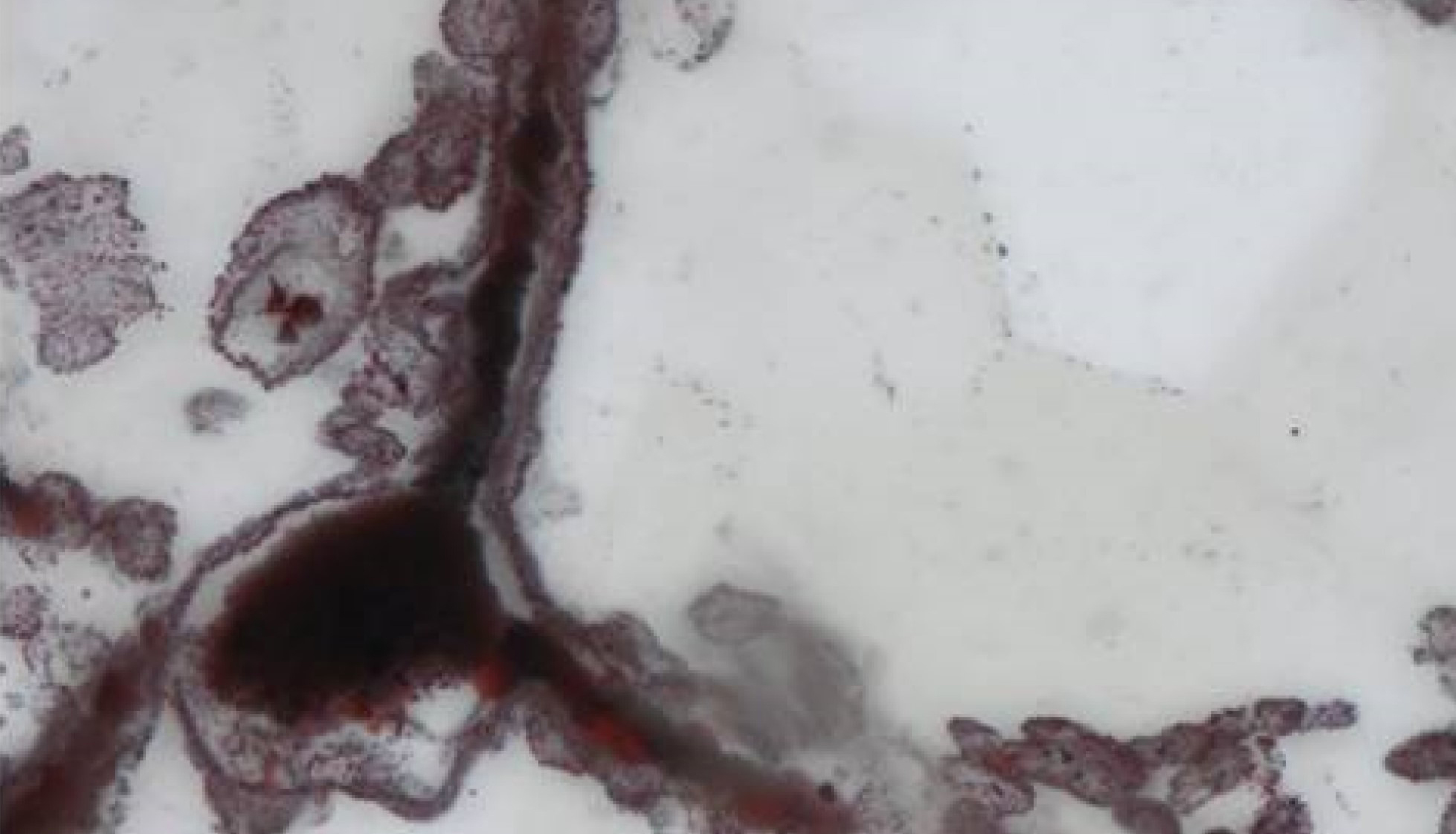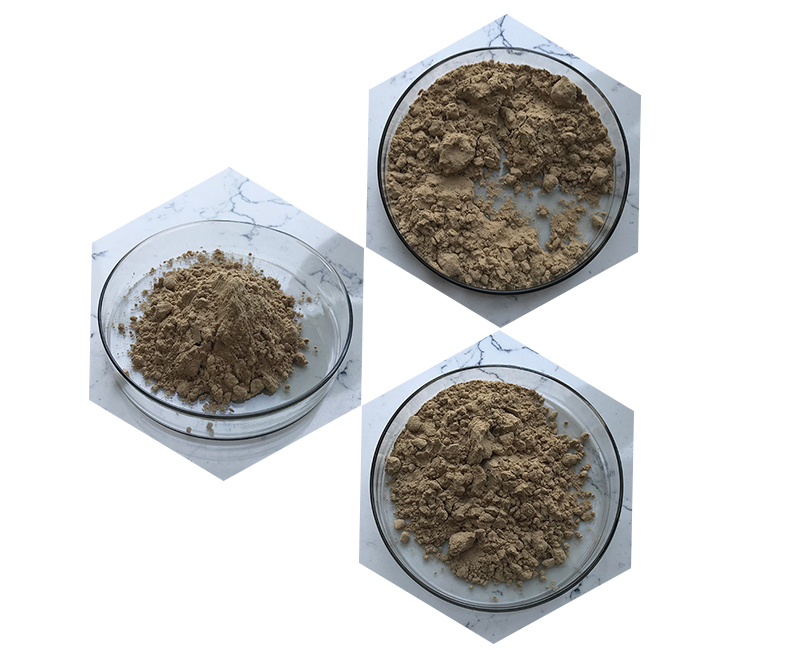Bacillus thuringiensis (Bt) is a bacterium that produces insecticidal proteins known as Cry proteins (crystal proteins). The insecticidal mechanism of Bt involves several key steps:
- Ingestion: Insects ingest the Bacillus thuringiensis spores and the associated Cry proteins while feeding on plants that have been treated with the bacterium or genetically modified to express these proteins.
- Activation: Once ingested, the alkaline environment of the insect gut activates the Cry proteins. These proteins are initially produced in an inactive form (protoxins) and are converted into their active form.
- Binding: The activated Cry proteins bind to specific receptors on the epithelial cells of the insect gut. This binding is crucial for the insecticidal action and is often species-specific.
- Pore Formation: After binding, the Cry proteins undergo conformational changes that allow them to form pores in the gut cell membranes. This disrupts the gut barrier, leading to cell lysis.

- Toxin Release: The damage to the gut cells allows the release of the toxins into the hemolymph (the insect’s blood), causing further physiological disruption.
- Inhibition of Feeding: The combination of gut damage and the release of toxins leads to paralysis and eventual death of the insect, often due to starvation or septicemia.
Overall, Bacillus thuringiensis is an effective biopesticide because it specifically targets certain insect pests while being harmless to non-target organisms, including humans and beneficial insects.
Effects of Bacillus Thuringiensis on Humans
Bacillus thuringiensis (Bt) is a bacterium that produces proteins toxic to certain insects, making it a popular biological pesticide. Here are some effects and considerations regarding Bt on humans:
- Safety Profile: Bacillus thuringiensis is generally considered safe for humans, animals, and beneficial insects. The proteins it produces are specifically toxic to certain pests and have a low risk of affecting non-target species, including humans.
- Ingestion: Studies have shown that the ingestion of Bacillus thuringiensis in food does not pose significant health risks to humans. The proteins are broken down in the digestive system and do not have harmful effects.
- Allergic Reactions: While rare, some individuals might experience allergic reactions to Bacillus thuringiensis proteins. However, these instances are uncommon and typically mild.

- Environmental Impact: Bacillus thuringiensis is favored in organic farming because it reduces reliance on synthetic pesticides, which can have broader environmental and health implications.
- Research and Regulation: Regulatory bodies like the EPA and WHO have evaluated Bacillus thuringiensis and deemed it safe for use in agriculture, provided it is used according to guidelines.
Overall, while Bacillus thuringiensis is effective as a biopesticide, it is crucial to use it responsibly and monitor for any unusual effects.
